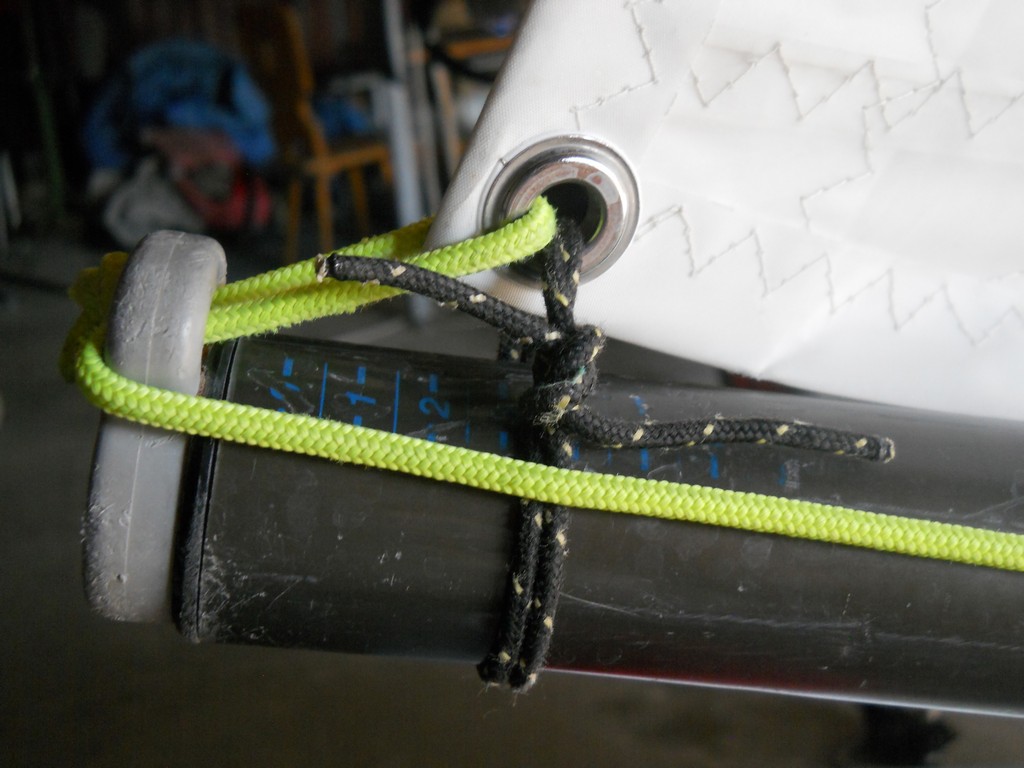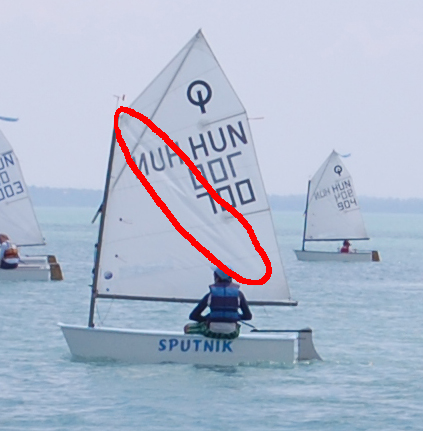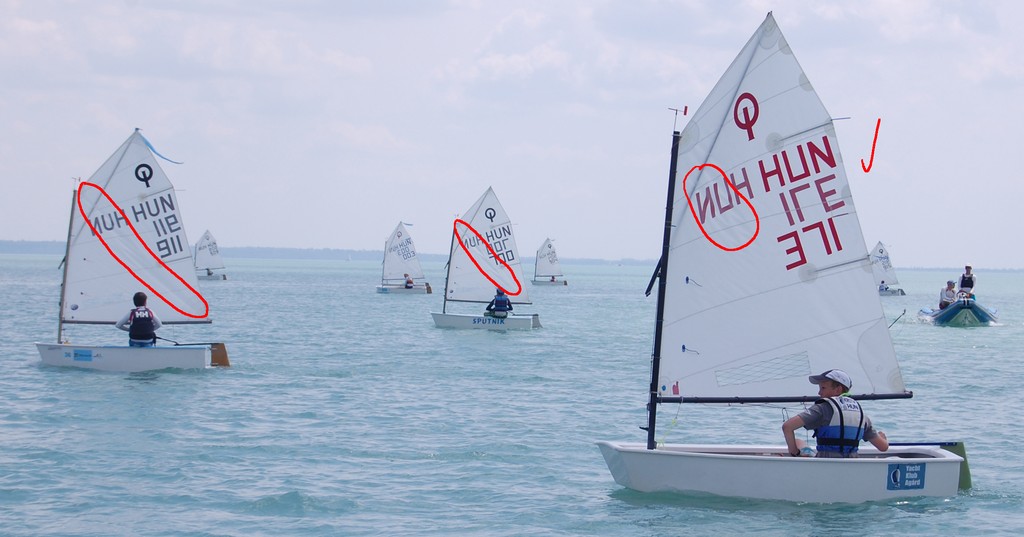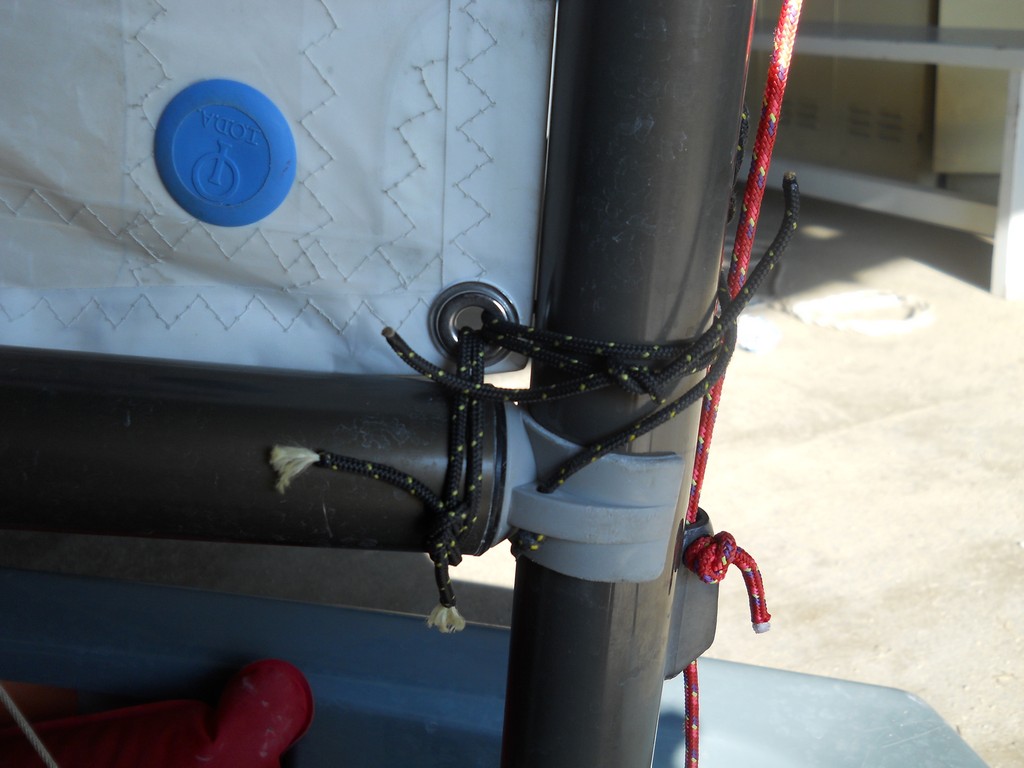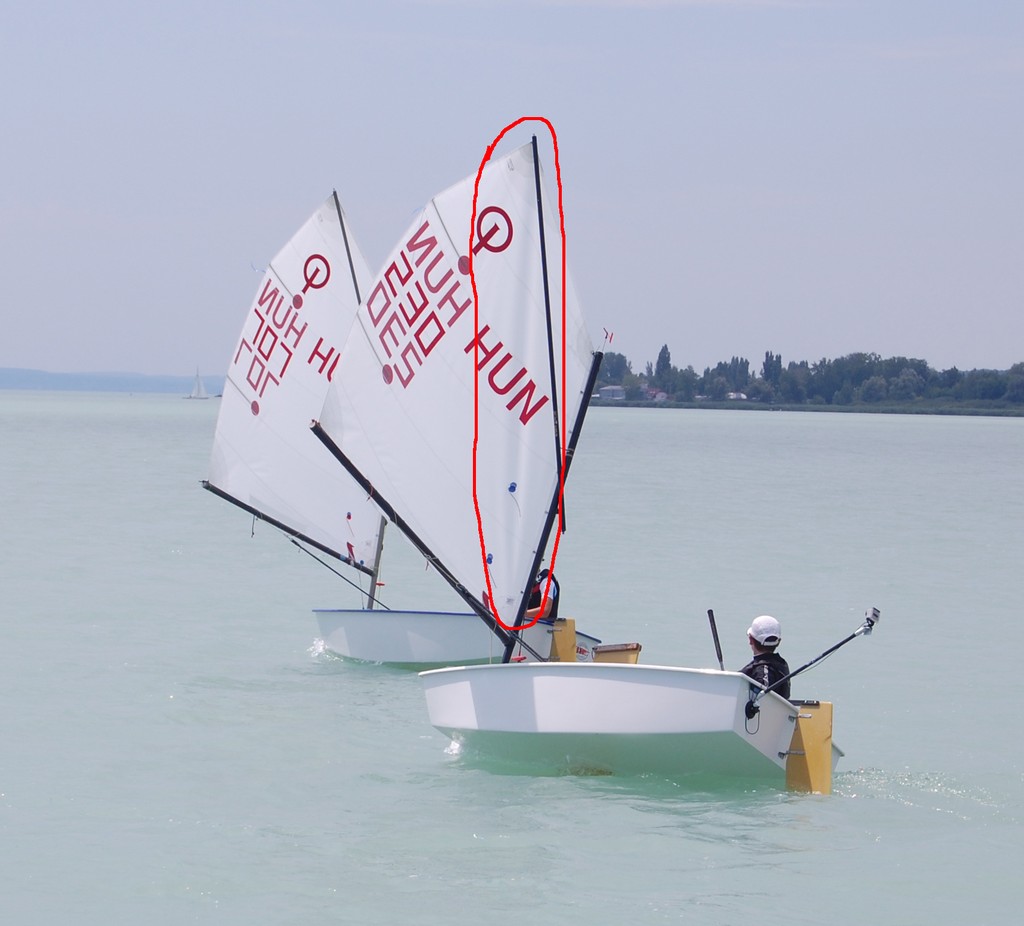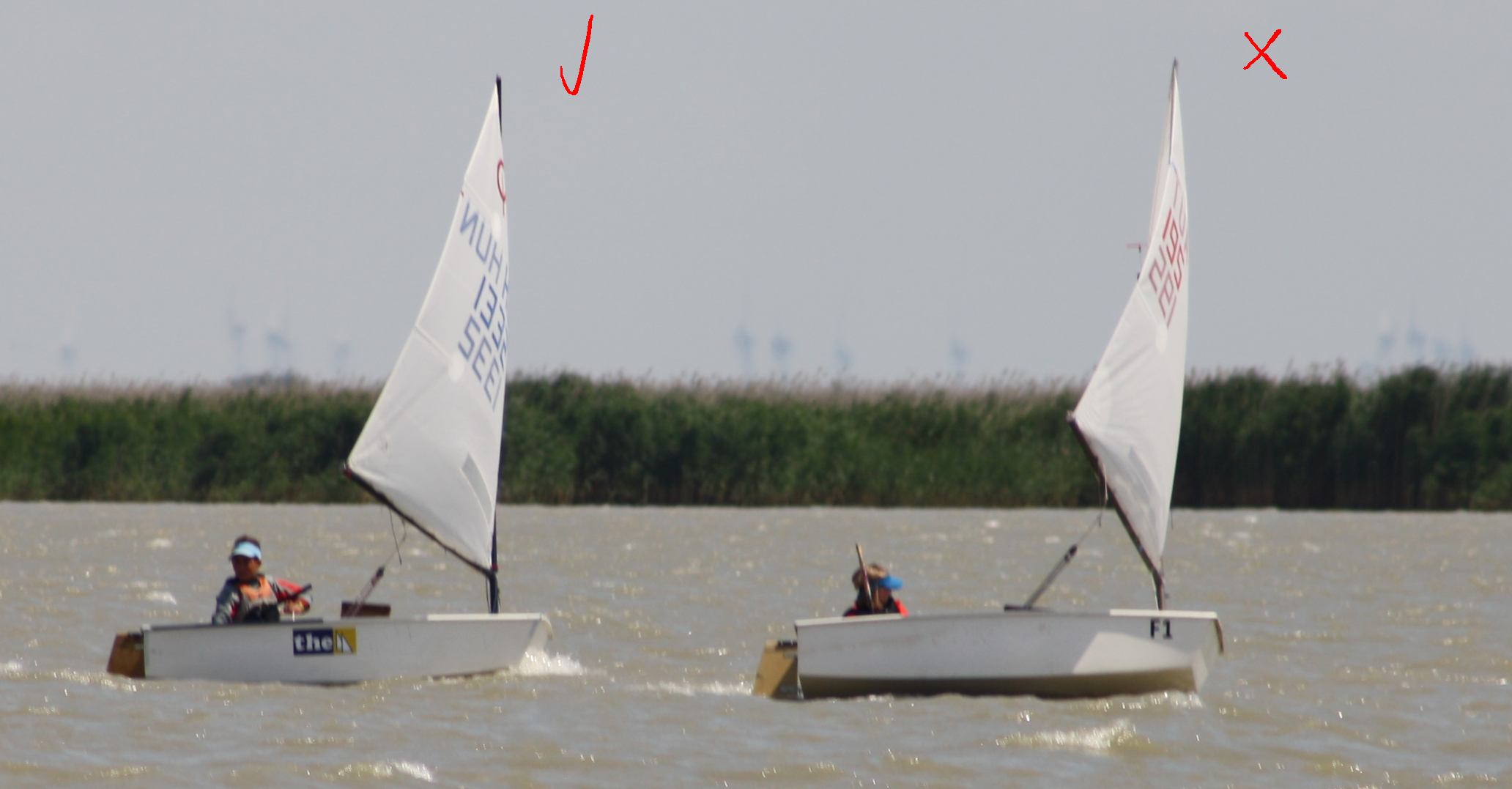Sail trim guide
Hello everyone!
A few weeks (or rather months) ago, I put together an overview on sail types, which you can find here. I even find myself opening this post often since it’s a handy reference for the different types of sails all in one place.
Now that we have that, I thought it would be valuable to go a step further and dive into sail trim. In the previous post, I also included the recommended settings from various sailmakers. Today’s post will touch on some of these factory recommendations.
As I’ve often noted, the sail (together with the mast) significantly affects performance. So, it’s not just about finding the right sail-mast combination for each sailor, but also about knowing how to set up the equipment properly.
When I’m at a regatta, I like to walk around and observe how sailors handle, care for, and adjust their equipment. Do they understand what each adjustment does? While this topic is important for everyone, this post is especially aimed at up-and-coming sailors who are still refining these basics.
You can tell at a glance if a sail is roughly set up correctly:
- Consistency and condition of ties, with no fraying.
- Tightness of knots.
- Gap between the sail and the mast/boom.
- Position of the sail relative to the mast marking.
- Use of the sail's sliding lines.
- Overall sail tension.
If all of this looks good, it’s time to check the 17 tie points for precision. Yes, 17! Here’s the breakdown:
- Corners: There are 5 ties at the corners:
- 2 at the throat, where the sail meets the mast at the top (one perpendicular and one diagonal).
- 2 at the tack where the sail attaches to the mast/boom joint.
- 1 at the clew, the back corner of the sail on the boom.
- Between corners: There are 12 ties along the mast and boom, with six on each.
Checking Sail
Trim
In practice, I often ask sailors if they’ve set their sail, to which they reply, “Of course.” Then I ask, “All 17 ties?” and get a confused “There aren’t that many!” Yes, while not every single tie needs adjusting each time, they should all be checked since knots can loosen—especially after a day of strong-wind training or racing.
In general, there are two settings to consider: light wind and heavy wind.
For the boom, a constant gap of 5-7 mm (within the class rule’s 10 mm allowance) is ideal, regardless of wind strength. This small gap allows the sail to rotate smoothly over the boom fittings during maneuvers.
At the clew, however, the gap between the sail and the boom should be smaller in strong winds and larger in light winds.
Similarly, the ties along the mast require careful adjustment. Key points:
- In light winds, the top and bottom 2-3 ties along the mast should be
slightly looser, with a gap of 2-3 mm from the mast, while the middle ties
can be closer at around 1-2 mm (well, it depends on the shape of the sail)
- In strong winds, reverse the setup, with the top and bottom ties tighter and the middle ones slightly looser to accommodate mast bend.
Key
Adjustments for Optimal Sail Shape
In addition to the above, there are three main control lines that affect the sail’s shape, which coaches also check:
- Sprit - controls the luff (front edge) tension.
- Vang - controls both the luff and the leech (back edge) tension.
- Outhaul - adjusts the tension on the foot (bottom edge) of the sail.
Adjusting these lines to the wind is crucial. Here’s what can go wrong if these aren’t set correctly:
- If it’s too tight or too loose, performance suffers!
Sprit (Luff
Tension)
A too-tight sprit is easy to spot because it
creates a “bulge” from the peak (top of the sail) to the tack (where the sail
meets the boom and mast). This affects both downwind and upwind sailing,
preventing the luff from functioning well and compromising speed and pointing
ability.
On the other hand, a too-loose sprit creates creases from the throat to the clew. In light wind, a slight looseness in the gaff is acceptable, like the setup visible on the HUN 371 boat in the example.
Vang
The vang needs to be adjusted depending on the
wind conditions. In strong wind, it should be tightened to keep the leech taut
and manage forces on the back edge of the sail. If it’s too loose, as shown in
the example image, the sail holds too much power, destabilizing the boat and
pushing the bow underwater. This is often visible as a high boom position,
especially in strong wind.
In contrast, an overly tight outhaul in light wind prevents the leech from flexing, making the sail less responsive.
Outhaul (Foot Tension)
While I couldn’t find photos of this adjustment,
issues with the outhaul are rare. The only problem may arise if it’s a bit
too tight for the wind strength.
Summary
Knowing how to set up your sail and understanding
the manufacturer’s recommendations can make a big difference in your boat’s
speed. Don’t rush through rigging and adjusting your sail edges—spending time
on these details is essential in a technical sport like sailing!

